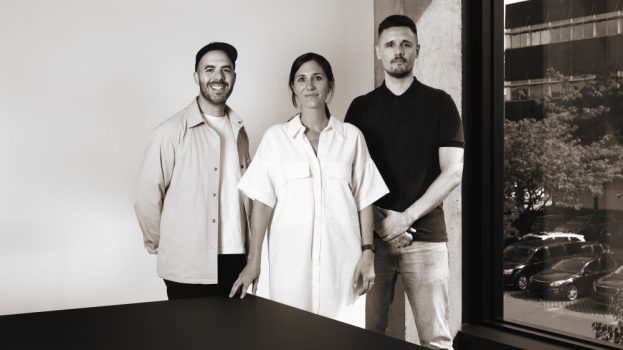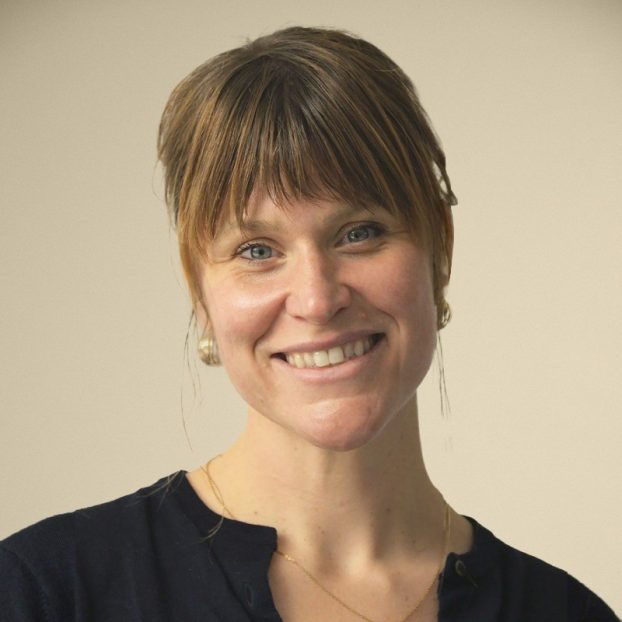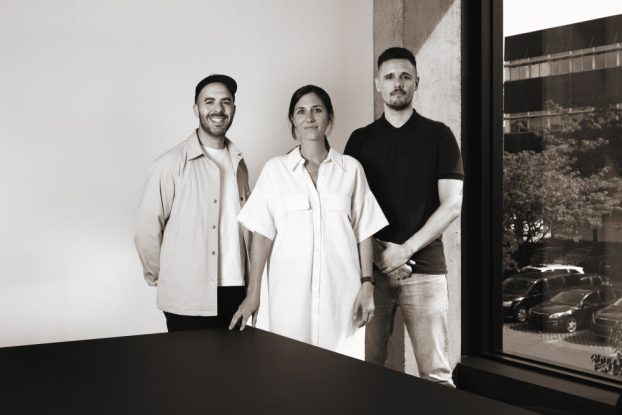A group of executives from agencies of varying sizes got together at the DX3 Canada conference in Toronto yesterday to discuss what is and isn’t working, what needs to change, and what clients and agencies could be doing better.
Hosted by Hilton Barbour, the panel featured Cundari president Jennifer Steinmann, The&Partnership CEO and partner Andrew Bailey, Fjord’s group service design director, Scott Weisbrod, and Studio M founding partner and executive producer Mike Mills.
Here’s some of what they had to say.
Sometimes the idea process is a sprint, not a marathon
Innovation and collaboration may be overused buzzwords, but they can still be useful, especially in the service of speed. And buzzwords beget more buzzwords: discussions of innovative processes lead to terms like “agile” and “nimble” and “sprint thinking.” For Steinmann, the latter has been employed to satisfy client demands without burning out creatives. One method has been the use of time blocks, where creatives have a designated time period to think about a specific brief, move on to something else, and then return to that brief in another block.
As for collaboration, Fjord has taken to working with clients in their own spaces, giving them quick access to decision makers in order to speed up the process. “We’re designing these co-located, collaborative spaces where we can get through sprints,” Weisbrod says.
There are also too many agencies still using the “dangerous” approach of, “Let us take it away for a few weeks and we’ll come back to you with an idea,'” he says. As clients become more sophisticated, there are more reasons to collaborate and allow them to be a creative source.
“It’s really a shame when you don’t take advantage of that, unlock that,” he says.
Agency legacy structures have to go away
“I grew up in account management,” Bailey says. “You had an assistant account executive, an accountant executive, an account supervisor, an account director, a group account director, managing director, president and CEO. Forget about it. Those legacy structures have to go away.”
Agencies are experimenting with different ways of doing that. At The&Partnership, it means having “the fewest, smartest people” in the room with clients, only those that are really providing value. And it means being flexible and bringing in expertise from outside when it’s warranted. For its work with the Wall Street Journal, the agency wanted to reconceptualize what it means to be a subscriber, so Bailey said it made more sense to bring in someone from American Express who could talk about the value of belonging to an elite group.
Fjord is experimenting with what Weisbrod called “design fellows”: a network of outside experts – a leading behavioural economist, for example – who don’t work for the agency but who can be consulted on specific projects.
Agencies need to adapt to a world of project-based work
“Procurement sucks,” Steinmann told the audience. “Clients want more for less.” It’s been echoed many times, but since the 2008 financial crisis, agencies have seen more project-based work and fewer retainers.
“Clients see that as a cost savings,” she says. “I think it’s about educating them that it’s not actually a cost savings. Being able to commit and let us see a longer scope of work, you’re actually going to get to a better rate and better value from your agency.”
Mills agreed that longer commitments lead to better work. “If you want that big idea, you have to be ready to hold hands and jump off that bridge together,” he says.
Bailey adds that Canadian agencies need to be prepared for clients set on getting their digital production work done elsewhere.
“In the U.S., we are already seeing RFPs where the scope of work that the agency does goes right to script or concept stage, then they say, ‘Thank you very much. We’re now going to hand it over to our preferred set of vendors on the production side,'” he says.
Agencies need to be able to manage that hand-off, he says. “We could have a philosophical debate about whether it’s good for the work or not. It doesn’t actually matter because it’s happening.”
























